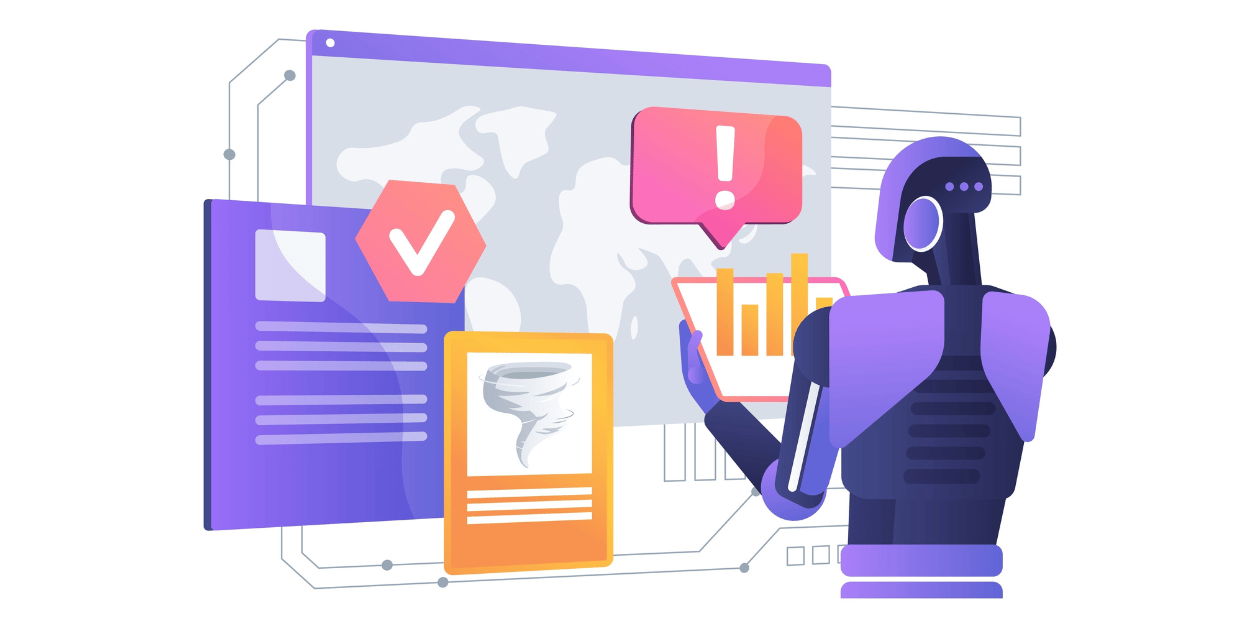With the convergence of artificial intelligence (AI) and the Internet of Things (IoT), the concept of the Artificial Intelligence of Things (AIoT) has surfaced as a groundbreaking technological advancement. AIoT enables intelligent devices to gather, share, process, and evaluate data instantaneously, thus improving decision-making processes across various fields, such as smart urban developments, automation in industries, and healthcare services.
A crucial element that supports this technology is edge computing, which allows for data processing to occur nearer to its source, hence reducing latency and optimising bandwidth utilisation. However, the growing acceptance of AIoT at the edge brings forth notable security challenges. To alleviate these concerns, Edge-as-a-Service (EaaS) offers a comprehensive array of solutions, equipping organisations with the essential tools and frameworks to bolster data security in AIoT environments.
Highlights
Exploring AIoT and Edge Computing
AIoT effectively merges the functionalities of artificial intelligence with IoT devices, facilitating immediate data analysis and intelligent automation. This synergy empowers devices to make independent choices, enhancing operational efficiency across various sectors. Prominent applications include:
- Smart Cities: AIoT enhances traffic regulation, conserves energy, and bolsters public safety.
- Industrial Automation: AIoT forecasts equipment malfunctions and improves manufacturing workflows.
- Healthcare: Wearable technologies and smart medical apparatus continuously monitor patient health, alerting healthcare experts to potential health concerns.
Conversely, edge computing involves the processing of data nearer to its origin rather than relying on centralised cloud systems. This shift allows organisations to reduce latency and minimise bandwidth consumption, leading to quicker decision-making. Nonetheless, this decentralised setup also complicates the security of these systems.
Security Challenges in AIoT Implementations at the Edge
Despite the significant advantages AIoT provides, the deployment of these solutions at the edge introduces serious security vulnerabilities. Key issues encompass:
- Data Breaches: Edge devices frequently process sensitive information on-site, making them susceptible to unauthorised access. A report by Keyfactor and Vanson Bourne states that 69% of organisations experienced an uptick in data breaches and cyberattacks in the last three years.
- Cyberattacks: The distributed nature of edge computing signifies that each connected device may become a target for cybercriminals, enlarging the attack surface.
- Insider Threats: The growth of edge devices complicates security oversight, allowing for increased opportunities for internal malicious actions.
- Device Compromise: AIoT devices situated in remote or vulnerable locations are at risk of physical tampering or hacking. Noteworthy incidents, such as the Mirai botnet attack, where millions of IoT devices were hijacked for a large-scale DDoS attack, illustrate these dangers.
The Importance of EaaS in Enhancing Security
Edge-as-a-Service (EaaS) is a cutting-edge solution aimed at easing the deployment, management, and security of edge infrastructures. EaaS enables organisations to transfer the complexities of edge management to specialised providers who offer robust security frameworks tailored to the unique challenges related to edge computing.
Leading benefits of EaaS include:
- Encryption: This protects data during transmission and storage, significantly lowering the chances of data breaches by restricting unauthorised access to critical information.
- Access Control Mechanisms: EaaS implements secure authentication and authorisation processes to limit system interactions to approved users and devices.
- Zero-Trust Architecture: EaaS adopts a zero-trust framework, continuously verifying all users and devices to prevent unauthorised access.
- Real-Time Monitoring: EaaS incorporates AI-driven threat detection and automated patch management, ensuring edge devices remain up-to-date and secure.
Enhancing Data Security in AIoT Solutions with EaaS
EaaS strengthens data security within AIoT systems through ongoing monitoring, facilitating quick identification and response to potential security threats. Moreover, EaaS services offer automatic software updates and patches to promptly address vulnerabilities, substantially mitigating the risk of breaches due to outdated systems.
EaaS also employs AI-powered anomaly detection systems to recognise atypical activities or patterns that could signal potential security threats. This proactive security approach allows organisations to react efficiently to incidents, minimising potential damage.
The Future of AIoT Security with EaaS
As the implementation of AIoT continues to grow, the importance of security measures will increase significantly. EaaS will be pivotal in ensuring the security of AIoT systems as they proliferate across various sectors. The demand for robust security measures is expected to rise, with EaaS providers at the forefront of delivering scalable, secure, and cost-effective solutions.
Moreover, adherence to regulations will be crucial in shaping the future landscape of AIoT security. As data protection laws such as GDPR and CCPA evolve, organisations must ensure their AIoT frameworks comply with these regulations. EaaS providers will play a vital role in assisting businesses with navigating these complex compliance challenges.
Implementing AIoT at the edge presents operational advantages alongside security hurdles. EaaS effectively addresses these challenges with features such as encryption, real-time monitoring, and Zero-Trust architecture, ensuring secure and scalable implementations. Organisations that adopt EaaS will be in a stronger position for success in an era marked by increasing AIoT usage.







